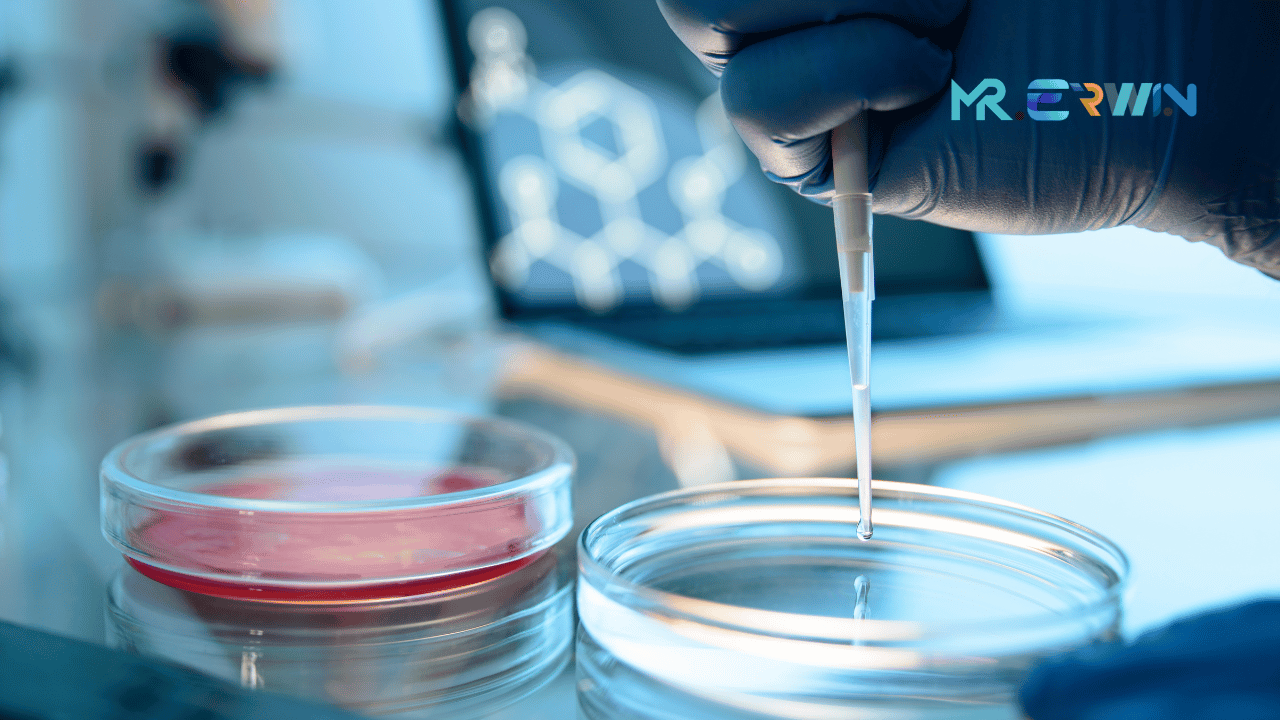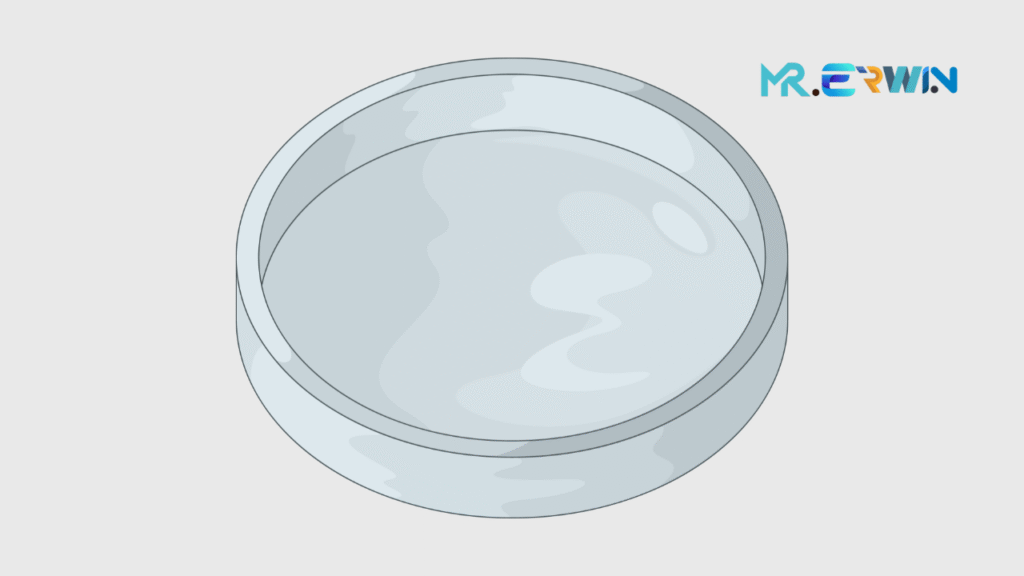
Lab Dishes: Definitions, Functions, and Common Terms
In any scientific laboratory, precision, sterility, and material compatibility are paramount. Among the countless pieces of laboratory equipment used to achieve accurate results, lab dishes may seem simple at first glance — yet they are indispensable tools across biology, chemistry, environmental science, and even clinical diagnostics.
As a laboratory equipment specialist, I often encounter misconceptions about lab dishes — especially regarding their types, functions, and names. This article offers a clear explanation of what lab dishes are, their various forms, and their specific roles in experimental procedures.
What Are Lab Dishes?

Lab dishes are shallow, usually circular or rectangular containers made of glass or plastic, used to hold, grow, evaporate, or mix substances in laboratory settings. Depending on their design, these dishes may serve very different purposes — from culturing bacteria to evaporating solvents or even heating chemicals.
These dishes are typically made of borosilicate glass (known for its thermal resistance) or sterile, disposable plastics like polystyrene or polypropylene. The choice of material often depends on the specific application — whether it’s for sterilization, heating, or single-use experimental procedures.
Common Types of Lab Dishes and Their Functions
Let’s break down the most common types of lab dishes and their corresponding functions:
1. Petri Dish
Arguably the most well-known lab dish, the Petri dish is a shallow cylindrical container, usually made of clear plastic or glass, with a loose-fitting lid. It is widely used in microbiology for culturing bacteria, fungi, or small mosses.
Function:
- Cultivation of microorganisms on solid media such as agar
- Observation of microbial growth and colony morphology
- Antibiotic sensitivity testing (e.g., Kirby-Bauer disk diffusion)
2. Evaporating Dish
An evaporating dish is a shallow ceramic vessel with a spout, designed to withstand high temperatures. Unlike the Petri dish, it is not used with a lid and is often made of porcelain or borosilicate glass.
Function:
- Evaporation of solvents (e.g., water, ethanol)
- Concentration of solutions
- Crystallization of solutes from solution
- Used in gravimetric analysis
3. Crystallizing Dish
This dish is similar in shape to an evaporating dish but is typically larger and often made of glass. It has no spout and features a broad surface area to encourage slow evaporation.
Function:
- Crystallization of salts or compounds from solution
- Gentle evaporation at room temperature or under mild heat
- Storage or temporary holding of chemicals during preparation steps
4. Watch Glass
Although not always classified strictly as a “dish,” a watch glass serves many of the same purposes. It is a concave piece of glass often used as a lid, a weighing surface, or a vessel for evaporating liquids.
Function:
- Evaporation of small volumes of liquid
- Holding solids for weighing
- Cover for beakers to prevent contamination or splashing
Materials and Sterility Considerations
The choice between glass and plastic lab dishes depends on the nature of the experiment:
- Glass dishes are heat-resistant, reusable, and suitable for autoclaving (sterilization using high-pressure steam). They are ideal for long-term lab use.
- Plastic dishes, especially those used in biology labs, are often pre-sterilized and disposable. While convenient, they are limited to single-use applications due to sterility concerns and low heat tolerance.
Terminology: Common Terms You Should Know
Navigating the world of lab dishes means understanding the specific terms used in various disciplines. Here are a few essential ones:
- Culture plate – Another name for a Petri dish, particularly in biological contexts.
- Dish lid – The cover used to protect the contents from airborne contaminants.
- Agar plate – A Petri dish containing a layer of agar (a gelatinous growth medium).
- Sterile dish – A dish that has been autoclaved or factory-sterilized to prevent contamination.
- Reusable vs. disposable – Refers to whether the dish is designed for multiple uses (typically glass) or single-use (typically plastic).
What Does “Petri Dish” Mean in Slang?
Outside the lab, “Petri dish” has also found a place in colloquial English. It’s often used metaphorically to describe an environment where rapid growth or change occurs — especially in a negative sense.
For example, someone might say:
“That place is a Petri dish for gossip and drama.”
In this context, it implies a situation that fosters the unchecked spread of something — much like bacteria growing on agar.
Final Thoughts
Though they may appear unassuming, lab dishes play a crucial role in a wide range of scientific disciplines. Whether you’re culturing bacteria, evaporating solvents, or crystallizing compounds, choosing the right dish can significantly influence the accuracy and cleanliness of your results.
Understanding the definitions, functions, and terms associated with lab dishes is essential for any aspiring scientist or laboratory technician. These tools, simple in form yet powerful in function, continue to shape the foundation of hands-on scientific discovery.
Frequently Asked Questions (FAQ)
What are the most common lab dishes used in laboratories?
The most common lab dishes include Petri dishes, evaporating dishes, crystallizing dishes, and watch glasses. Each serves a specific function such as culturing microbes, evaporating solvents, or crystallizing compounds.
What is a Petri dish used for?
A Petri dish is primarily used in microbiology to culture bacteria, fungi, and other microorganisms on solid media like agar. It allows researchers to observe microbial growth patterns and test antibiotic resistance.
What is the difference between an evaporating dish and a crystallizing dish?
An evaporating dish is used for heating and evaporating liquids rapidly, often under direct flame or heat. A crystallizing dish, on the other hand, is used for slower evaporation and is ideal for forming visible crystals as a solution cools or evaporates.
Can lab dishes be reused?
Yes, glass lab dishes such as those made from borosilicate can be sterilized and reused. However, plastic lab dishes are typically single-use and should be discarded after use to prevent contamination.
What materials are lab dishes made from?
Lab dishes are commonly made from borosilicate glass, porcelain, or plastics like polystyrene and polypropylene. The material choice depends on the experiment’s requirements — especially heat resistance and sterility.
What does “Petri dish” mean in slang?
In slang, “Petri dish” refers to an environment where something — often negative — spreads or grows uncontrollably, such as gossip, conflict, or disease. It’s a metaphor borrowed from microbiology.
Are lab dishes only used in biology labs?
No, lab dishes are used in various scientific fields including chemistry, environmental science, food science, and pharmaceuticals. Each field uses lab dishes for different processes like evaporation, crystallization, or chemical reactions.
Reference sources:





